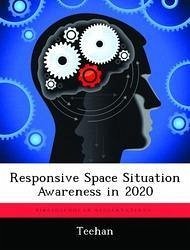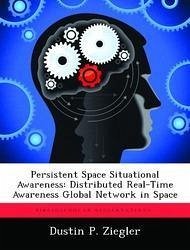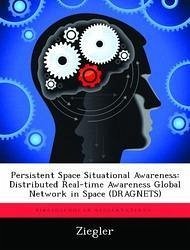
Providing Near-Term, Combat Effective Space Situational Awareness
Versandkostenfrei!
Versandfertig in über 4 Wochen
52,99 €
inkl. MwSt.
Weitere Ausgaben:

PAYBACK Punkte
26 °P sammeln!
Early on in the space age, the US and USSR tacitly agreed not to interfere with each other's satellite operations. This served to significantly reduce tensions during the Cold War. However, it also resulted in eliminated any hostile threats to space systems. In the absence of this threat, US development of Space Situation Awareness (SSA) capabilities concentrated on locating, identifying, and tracking as many orbiting objects as possible. A robust network of sensor sites and control nodes were built, and these have met most, if not all, warfighter needs for over fifty years. Today's situation ...
Early on in the space age, the US and USSR tacitly agreed not to interfere with each other's satellite operations. This served to significantly reduce tensions during the Cold War. However, it also resulted in eliminated any hostile threats to space systems. In the absence of this threat, US development of Space Situation Awareness (SSA) capabilities concentrated on locating, identifying, and tracking as many orbiting objects as possible. A robust network of sensor sites and control nodes were built, and these have met most, if not all, warfighter needs for over fifty years. Today's situation has changed. Space has become indispensable to US national security. Nations have already denied or tried to deny space capabilities to other nations, and threats continue to proliferate. Leaders inside and outside the military recognize this, and a number of programs are in development to provide more robust SSA. However, until these systems are operational, a potentially dangerous vulnerability exists. Quick, cost-effective capabilities need to be implemented to fill this gap.












